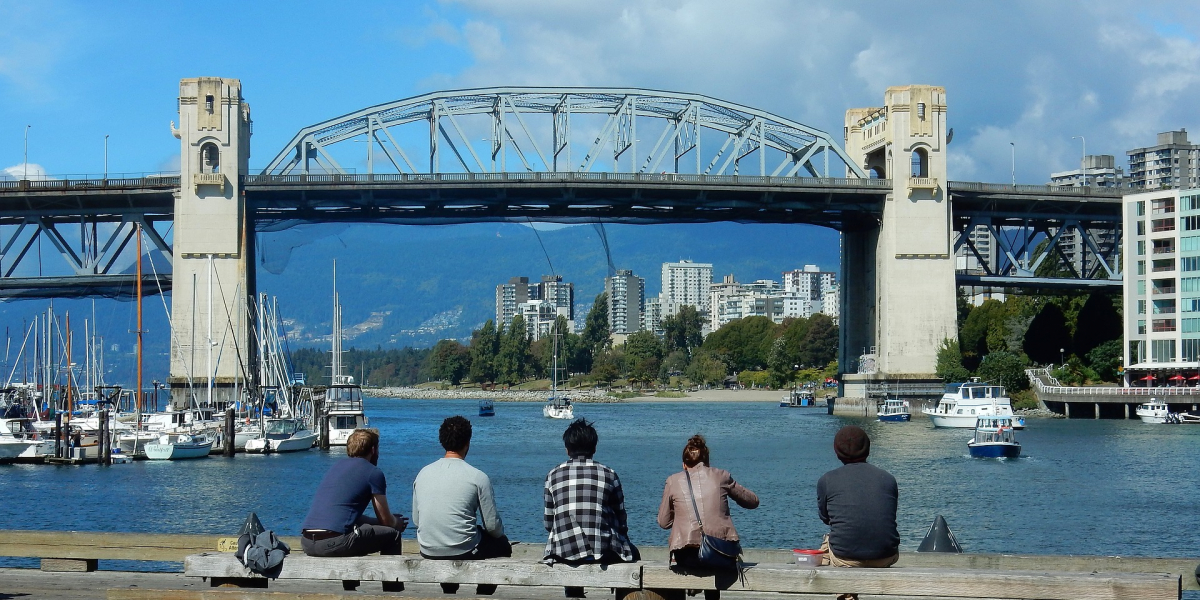
October 1, 2020
By John McNally and Paul Ekins
Canada’s economy has been repeatedly hit by the COVID-19 pandemic and its economic fall-out. The combination of economic shutdowns, social distancing requirements, low oil prices and historic declines in export volumes have extended the downturn. As both Tiff Macklem, the Governor of the Bank of Canada, and one of the authors of this blog have put it, Canada has a long climb back to normal that will require considerable fiscal and monetary support.
To ensure a recovery is resilient, Canada should look beyond quarterly GDP and labour growth. Investments into Canada’s social, human, and natural capital are needed to ensure growth is sustained, equitable and opportunity-generating. The combination of these factors is measured in comprehensive wealth, and investments into these foundations of well-being will be critical to ensure future prosperity.
When considering which investments should form the backbone of a recovery, it makes economic as well as environmental sense to direct stimulus towards green projects. Research from the Oxford Smith School of Enterprise and the Environment presents evidence that future productivity growth will depend not only on investments in artificial intelligence and fourth industrial revolution technologies, but also on the protection and enhancement of natural capital, such as ecosystems, biodiverse habitats, clean air and water, productive soils, and a stable climate. The environmental issues have multiple positive synergies, with the co-benefits of climate policies often including reduced waste, inefficiency, pollution, congestion, and food waste and improved health, and greater biodiversity and ecosystem sustainability. Overall, green stimulus can lead to higher numbers of jobs created and longer-run cost savings compared to traditional stimulus.
The scale of countries’ recovery packages provides a once-in-a-generation opportunity to address deep seated structural socio-economic problems, summarised in the mantra ‘building back better’. In addition to providing jobs and growth it can, and needs to, level up regional disparities, upgrade skills, improve health and well-being. Above all, countries’ recovery packages need to address countries’ burgeoning climate and nature crises which constitute a more profound threat to human progress than even COVID-19.
What is required is a wide range of investments in Canada’s physical, social, human, and natural capital. This can address a range of issues currently being experienced in Canada. The first is distributional. This crisis has disproportionately impacted low-income earners, young workers and women. These groups already faced barriers to labour force participation. Any recovery plan should be socially inclusive, aimed at offering the skills training and social supports required to enable re-engagement into the workforce. As the uneven impacts of the ongoing crises become clearer, these supports should be targeted towards the groups most in need. This will ensure that Canada’s recovery doesn’t unintentionally leave legions of idle workers sitting on the sidelines, restricting its economic prospects in the coming years.
Another issue is that COVID has also accelerated underlying trends, making re-investments in human capital an imperative for growth. Displaced fossil fuel workers, and those whose livelihoods may soon be at risk of automation, will require support for reskilling in industries of the future. These investments in Canada’s human capital can help people help themselves, generating opportunities for stable employment and applying newfound skills towards productive ends. Many of these workers would be well-positioned to build natural infrastructure solutions that drive cost-savings, preserve our natural environment, and make Canada more resilient to climate impacts.
Investing in Canada’s skills and knowledge of its citizens and companies can also drive growth. Improving access to the internet through investments in broadband networks, supporting greater openness of national data, reforming our regulatory system to better drive clean growth, and piloting high-potential solutions can all offer access to the digital economy’s most valuable resources: data, and space to innovate. Canada can accelerate the creation of its competitive clean economy by helping firms access the resources they need to create value through new business models.
Investment in natural capital should play a critical role in Canada’s recovery. The resulting calculation of Canada’s comprehensive wealth has made clear the extent to which Canada’s income in recent decades has depended on its depletion of its natural capital. This is the very definition of ‘unsustainability’ and indicates a profound vulnerability in Canadians’ present way of life. In a world of increasing human populations and demand for resources, Canada with its huge resource base has a wonderful opportunity to use these resources for its sustainable prosperity, but current patterns of resource extraction and use are not achieving this. Canada’s natural capital base needs to be strengthened.
To sustain growth and generate wealth in Canada, the country needs to invest in more than physical infrastructure and technology. It needs to invest in creating opportunities for all workers to access skills and training. It needs to provide access to allow domestic companies to develop the business models of the future. And it needs to invest in its natural capital to improve its resilience to future climate impacts, and maintain the nations’ legacy as a global leader for nature. Building up Canada’s wealth is the best way to ensure sustainability within the economy, and improve the well-being of Canadians over the long-term. These two outcomes will ultimately be what matters when history identifies whether a post-pandemic recovery was truly resilient.